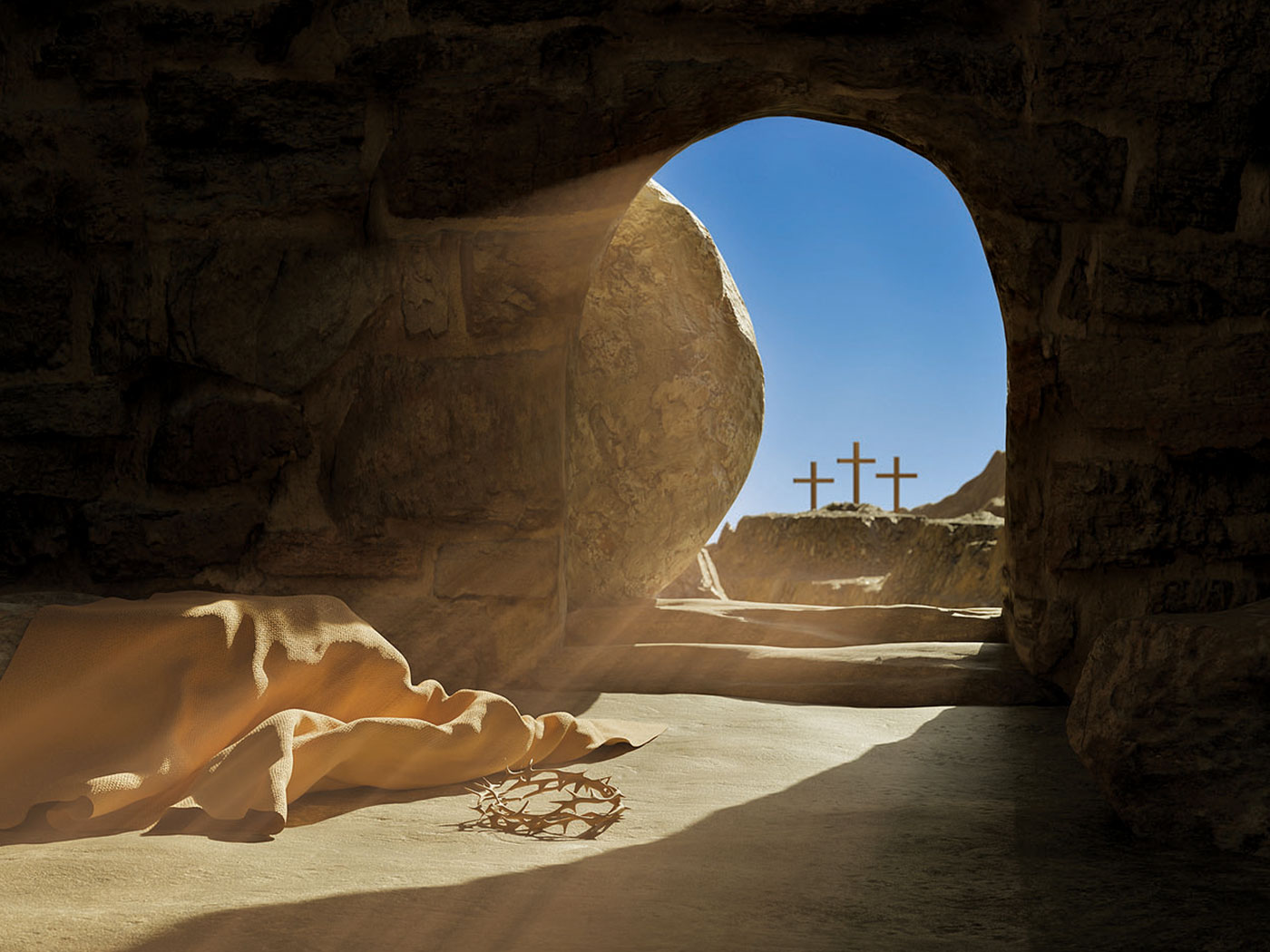Search Tools
New Defender's Study Bible Notes
20:20 his side. The wounds of the crucifixion will always remain in His body, even though it is now not subject to pain or death. Likewise, our own resurrection bodies will still be recognizable (note Philippians 3:21).
20:20 saw the Lord. Some others had already seen Him by now, in addition to Mary Magdalene. These included the women (Matthew 28:9), Peter (I Corinthians 15:5), and the two disciples on the way to Emmaus (Luke 24:13-35).
20:21 so send I you. This is the first outline of Christ’s great commission to evangelize the world. It was later amplified further, probably in the following order: Matthew 28:18-20; Luke 24:46-49; Mark 16:15-16; Acts 1:4-8.
20:22 the Holy Ghost. Breathing on them was a symbolic act. As in the Old Testament, the Holy Spirit could already have come on the disciples for specific ministries, but Christ had promised He would soon indwell them permanently (John 14:16-17). The command now to “receive ye the Holy Spirit” is imperative and must be carried out at the proper time. However, Christ also told them to tarry in Jerusalem until then (Luke 24:49; Acts 1:4,8). The promise was fulfilled on the day of Pentecost (Acts 2:1-4).
20:23 remitted unto them. Only Christ can remit sins, and He does so on the basis of saving faith in Himself. The disciples, however, were given authority to recognize such faith, and then to give assurance to new believers. The authorization, as evident from the tenses in the Greek, should actually read: “Whose soever sins ye remit, they shall have been remitted unto them.”
20:26 the doors being shut. Even though Christ’s resurrection body was a physical body (He could be touched, still had the wounds, and could eat with them), it was no longer subject to the physical constraints on our present bodies (e.g., gravitational forces, electromagnetic forces). For example, He could pass through locked doors, and travel swiftly from earth to heaven and back. Our future resurrection bodies will be like His in such characteristics (Philippians 3:20-21; I John 3:2).
20:27 into my side. Jesus allowed Thomas to do much more than “touch” Him, a privilege He had denied Mary Magdalene (John 20:17). However, in the eight-day interim, He had not only led the Old Testament saints up into paradise (see note on John 20:17) but also had presented His shed blood to the Father (Hebrews 9:23-28), received the Father’s promise (Psalm 2:7-9), and presented the firstfruits (Leviticus 23:10; I Corinthians 15:23). However, Thomas did not need to touch Him, for to him, seeing was believing.
20:28 my God. Thomas was an honest skeptic (unlike many today), willing to be convinced by sound evidence. Furthermore, he comprehended the full significance of the evidence, for it proved to him that Jesus was both the God of creation and redemption, and also the rightful Lord of his life.
20:29 have not seen. Nevertheless, Thomas should have been willing to believe (as should we) on the basis of the eye-witness evidence of careful observers, such as John. Peter commends those of later times who trust Christ, “whom having not seen, ye love; in whom, though now ye see Him not, yet believing, ye rejoice with joy unspeakable and full of glory: Receiving the end of your faith, even the salvation of your souls” (I Peter 1:8-9).






